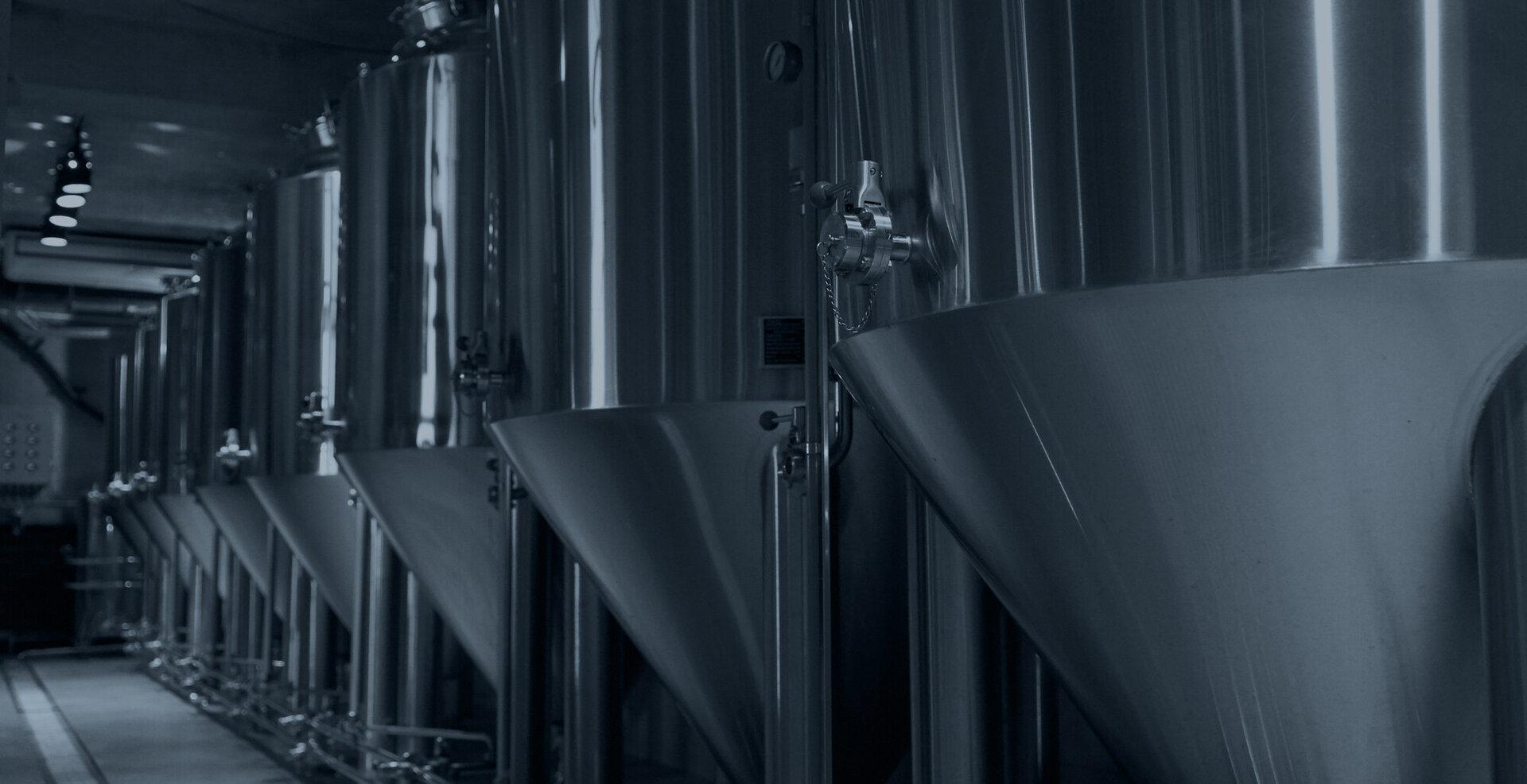Stainless steel tanks are a significant investment for industries ranging from pharmaceuticals to food production and chemical processing. Known for their durability, corrosion resistance, and long life, these tanks can serve efficiently for years.
However, regular maintenance is essential to ensure that they continue functioning at their best.
Here’s why maintaining your stainless steel tank is not just beneficial but crucial for your business operations:
Prolonging the Tank’s Life Span
Stainless steel is known for its resistance to corrosion, but it's not entirely immune to damage. Contaminants, moisture, and harsh chemicals can compromise its surface over time. Routine maintenance, including cleaning and inspections, helps prevent issues like pitting and crevice corrosion that could lead to costly repairs or even replacement of the tank. By addressing potential issues early, you’re preserving the structural integrity of your tank and ultimately extending its lifespan. The team at Brisbane Tank Manufacturing not only design and build tanks, we install and maintain them too.
Maintaining Hygiene Standards
For industries like pharmaceuticals, food and beverage and water treatment; stainless steel tanks must meet stringent hygiene standards. Residues from previous batches, along with microbial growth, can pose contamination risks that threaten the quality and safety of the stored material.
Regular cleaning and sanitisation are essential to prevent the buildup of biofilms and residues that can lead to contamination. Investing time in cleaning and inspections ensures compliance with regulatory standards and keeps your products safe.
Preventing Downtime and Operational Delays
Unexpected tank failures or contamination issues can halt production and cause costly downtime. Regular maintenance helps identify and address potential problems before they become severe, reducing the risk of unplanned shutdowns. Scheduled maintenance allows you to plan for any necessary repairs, saving time and money that would otherwise be lost in emergency fixes.
Ensuring Efficiency and Performance
A clean, well maintained tank performs better than one neglected over time. Residue buildup and corrosion can compromise the efficiency of processes like mixing, heating and cooling. For example, scale buildup on the tank’s interior walls can hinder heat transfer, resulting in longer processing times and higher energy costs. Keeping your tank clean and corrosion free helps maintain consistent performance and keeps operating costs in check.
Protecting Against Corrosion
Stainless steel is naturally resistant to rust due to its chromium oxide layer which forms a protective barrier. However, exposure to harsh chemicals, high chloride environments and lack of proper cleaning can cause this protective layer to deteriorate leading to corrosion. Periodic maintenance and proper cleaning techniques help preserve the tank’s protective layer and reduce the risk of corrosion related damage.
Maintaining Aesthetics and Brand Image
In customer facing environments, such as breweries or food-processing facilities, the appearance of stainless steel tanks can impact customer perception. A tank that looks clean and well-maintained reflects a commitment to quality and professionalism. Regular polishing and maintenance preserve the tank's aesthetic appeal, helping you maintain a positive image with clients, visitors, and inspectors.
Maintenance Tips for Stainless Steel Tanks
Regular Inspections: Schedule frequent inspections to catch any signs of wear, corrosion or potential leaks.
Cleaning Procedures: Use industry approved cleaning solutions and methods suited to your specific tank applications. Avoid harsh abrasives as these can damage the protective surface of the steel.
Protective Coatings: In aggressive environments applying a protective coating can help enhance the tank’s resistance to corrosion.
Monitor Chemical Concentrations: Certain chemicals especially those with high chloride levels can compromise stainless steel. Regularly monitor chemical concentrations to prevent damage.
Drain and Dry Regularly: In cases where tanks are used intermittently, ensuring they are properly drained and dried between uses can prevent moisture related corrosion.
While stainless steel tanks are a high quality, durable option for many industries, they still need maintaining.
Regular upkeep is key to maximising their longevity, maintaining product quality and avoiding unexpected downtime. By investing in maintenance today, you’re protecting your investment and ensuring that your stainless steel tank remains a reliable part of your operations for years to come. Let’s talk tank maintenance to protect your valuable investments.


